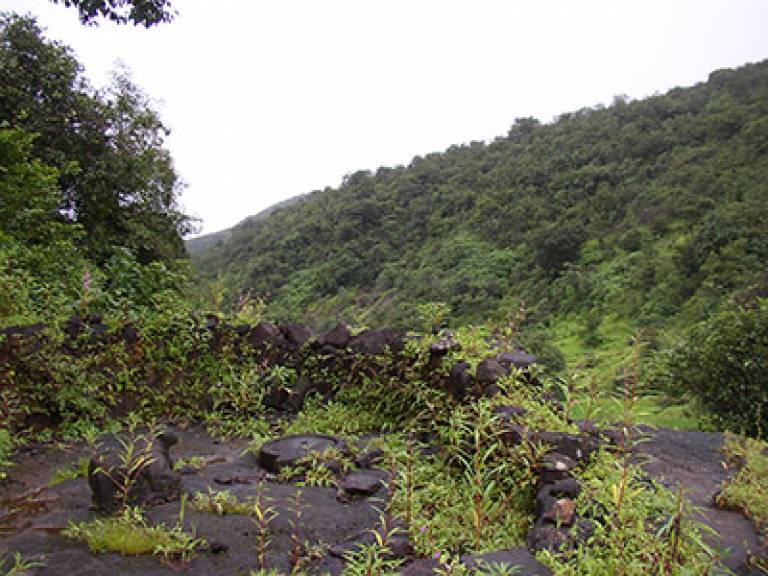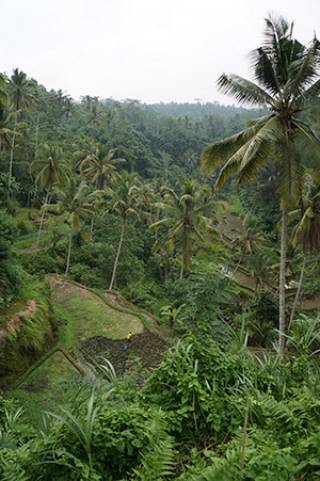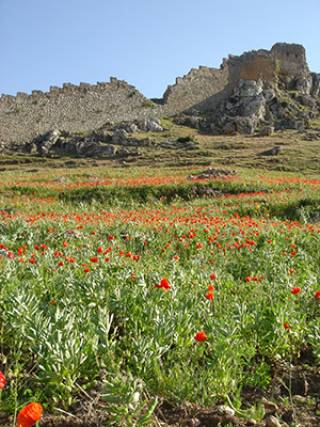People have shaped nature for at least 12,000 years
3 May 2021
International collaborative research involving Dorian Fuller (UCL Institute of Archaeology), published recently in PNAS, shows that people have shaped their natural environment for at least 12,000 years.

This collaborative research mapped human populations and land use around the world over the past 12,000 years, showing that global patterns of land use track long-term patterns of societal change.

Current high biodiversity areas, Indigenous lands, protected areas, and lands demarcated as wild, natural, and "intact" all exhibited long histories of human inhabitation and land use.
Comparisons of global land use history with current biodiversity data indicates that land use centuries to millennia ago may have shaped current global patterns of biodiversity, including vertebrate species richness and threatened vertebrate species, and this shaping may have shifted substantially following the Columbian Exchange and European colonial expansion. Long-term patterns of global land use indicate that most contemporary losses of biodiversity were not caused by recent human use of previously uninhabited lands, but rather through the appropriation, colonization, and more intensive use of land already inhabited by prior societies.
The findings suggest that restoring Indigenous peoples and local communities to positions of environmental stewardship may be key to conserving biodiversity around the world.

Though much research suggests that human reshaping of ecology has occurred mostly since the Industrial era began, the most up to date global mapping of human populations and land use shows that this reshaping dates far back into prehistory. As early as 12,000 years ago, nearly three quarters of Earth’s terrestrial biosphere was already inhabited and shaped by hunter-gatherer and early agricultural societies from uninhabited wildlands into human-shaped biomes, or anthromes.
Uninhabited wildlands covered just 27.5% of Earth’s land in 10,000 BCE, a result dramatically different from prior maps that showed wildlands still covering as much as 82% of Earth’s land as late as 6,000 BCE.
Only about 17% of Earth’s land was without evidence of prior human inhabitation or land use over the past 12,000 years. Archaeologists believe that even this low percentage is an overestimate, as indicated by the ArchaeoGlobe results published in Science in 2019.
According to Dorian Fuller:
“I think this study is important not because archaeologists were unaware that people modified environments in the past and have done so throughout human history and especially since the beginnings of agriculture, but because we rarely see our research as relevant to modern biodiversity studies or conservation planning. This study makes it clear that how regions were used in the past, in the Bronze Age or Iron Age or early medieval period may have a significant role to play in the ecology of the region today, in structuring so-called wilderness and in making planning decisions. It demands that archaeologists think more about how our work is relevant to current ecological and biodiversity issues."
 Close
Close

